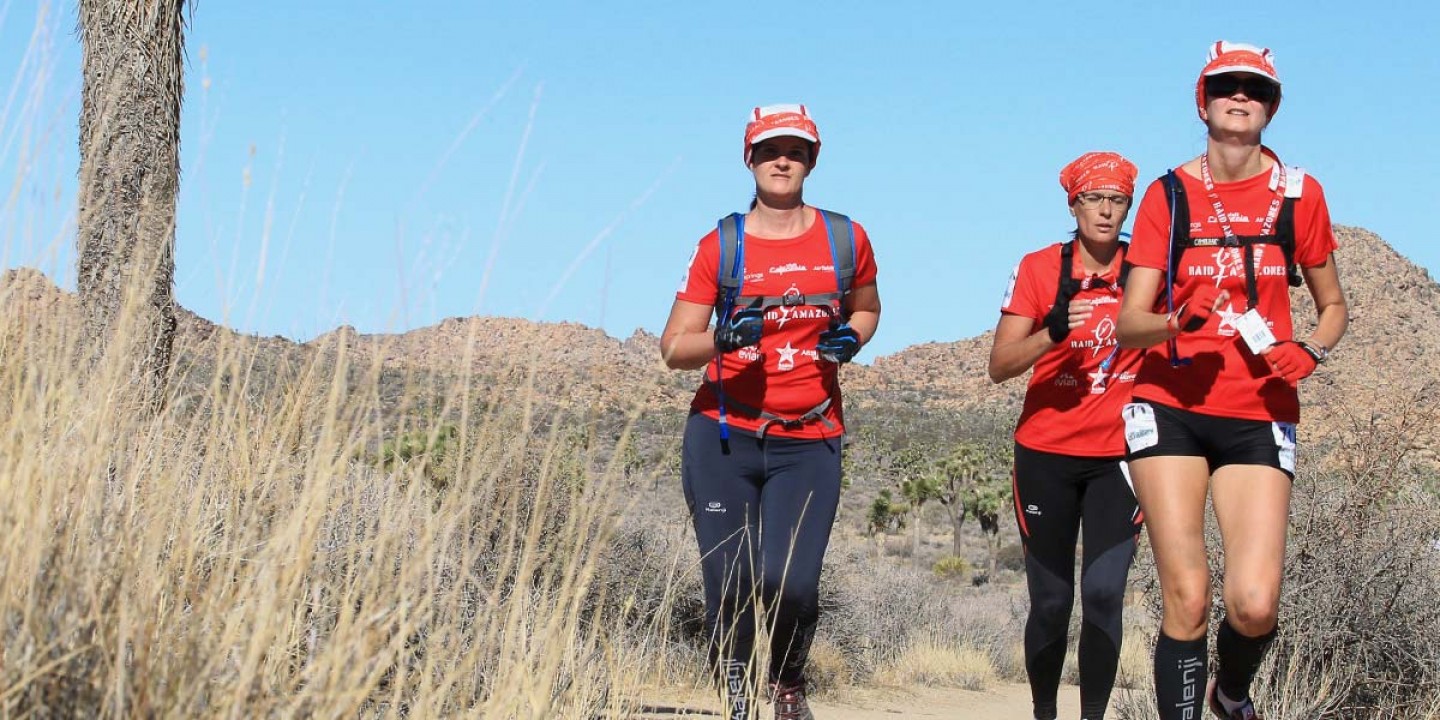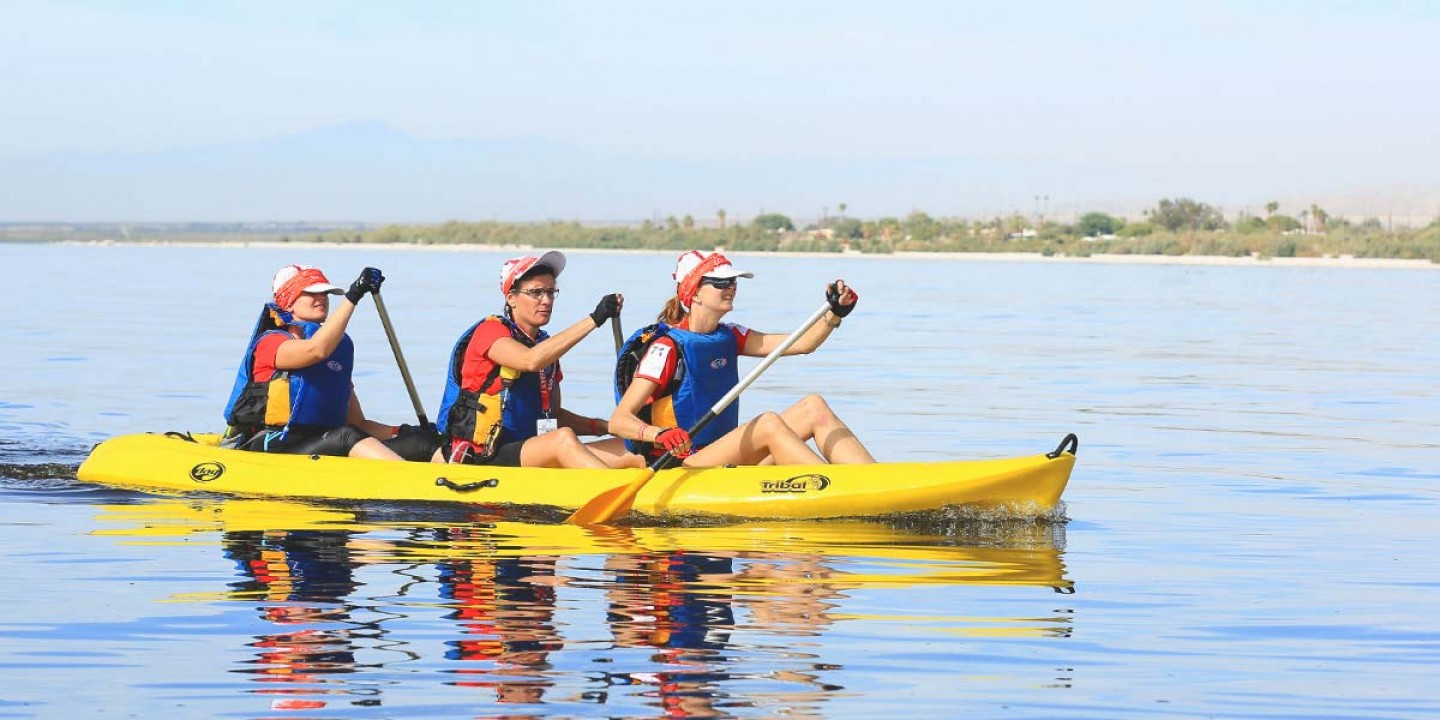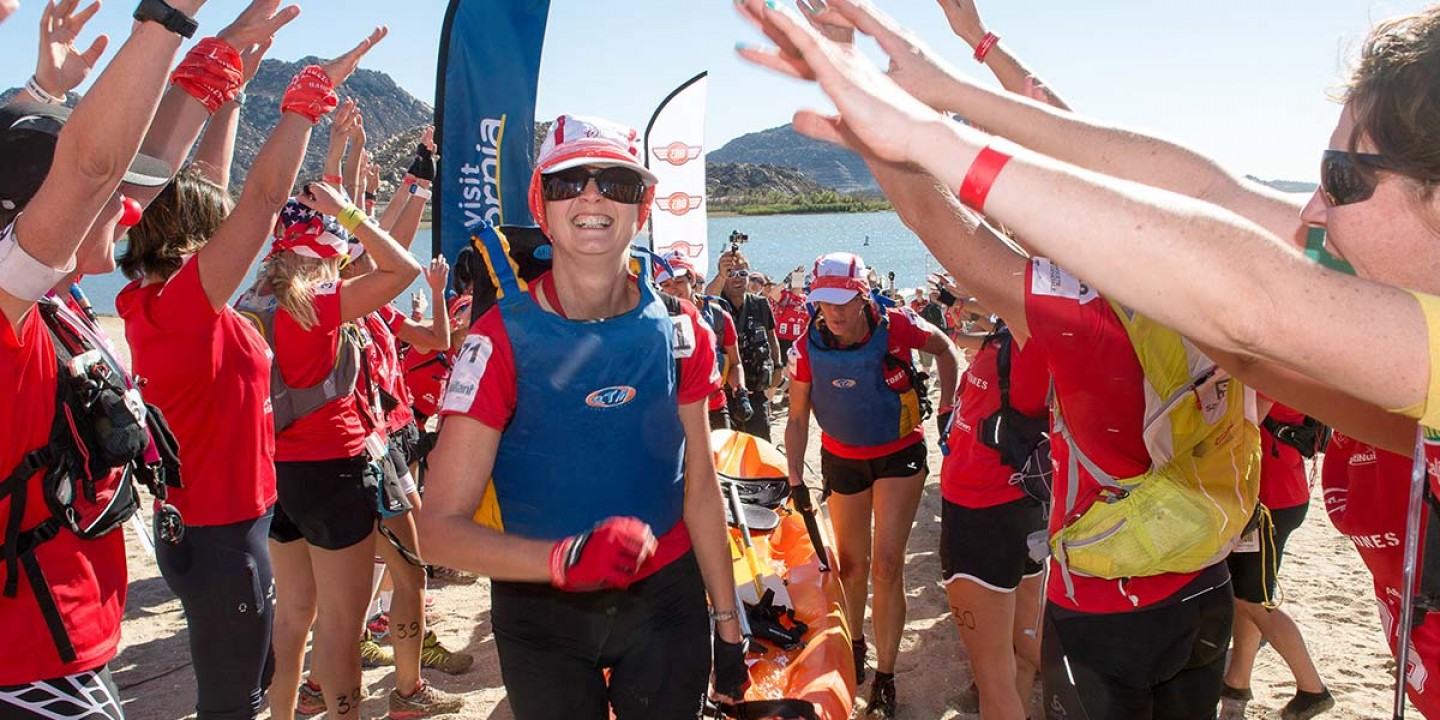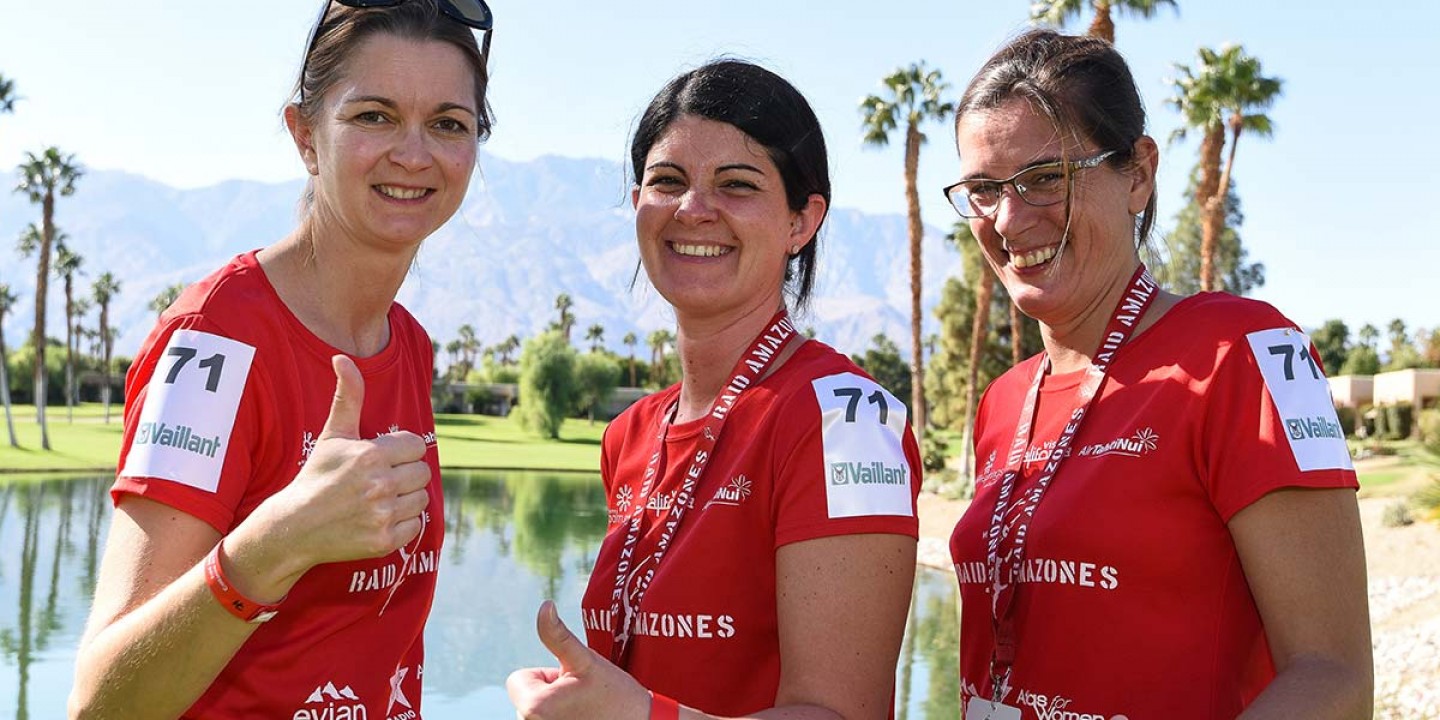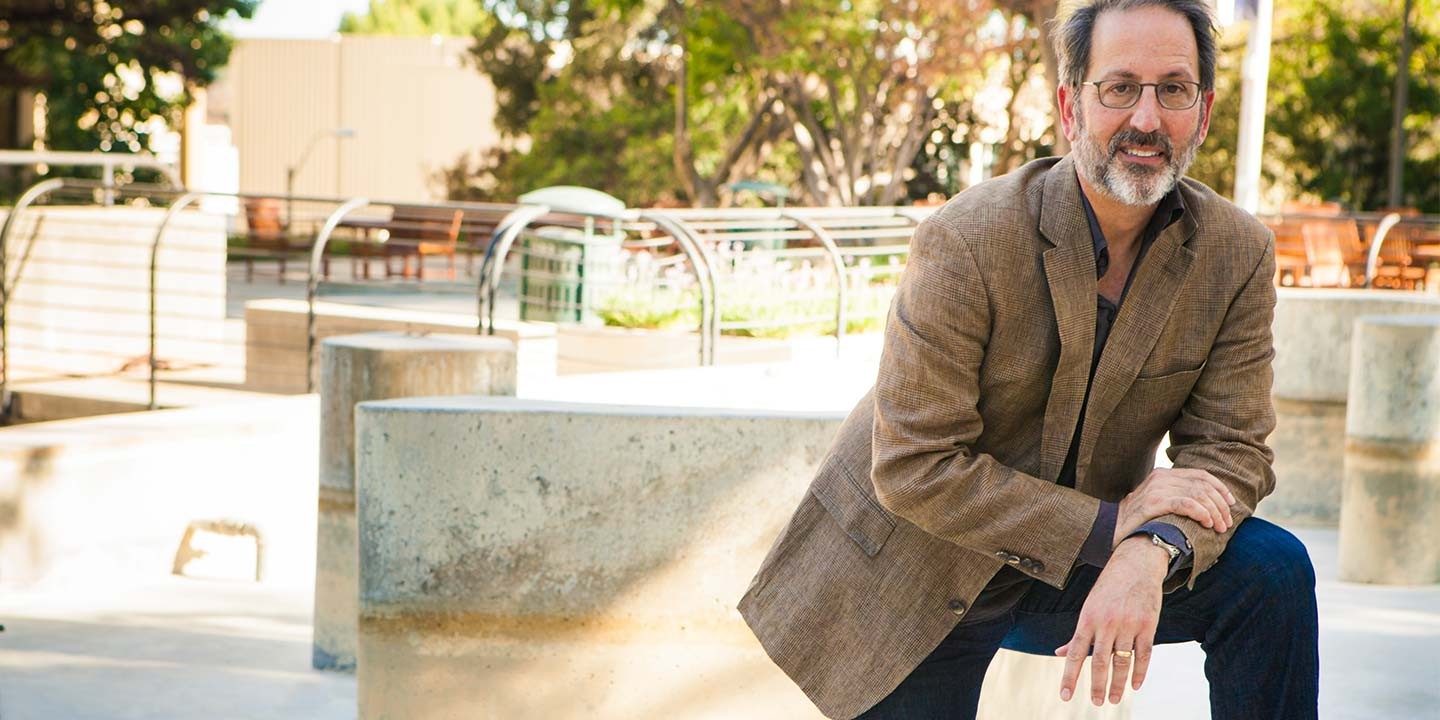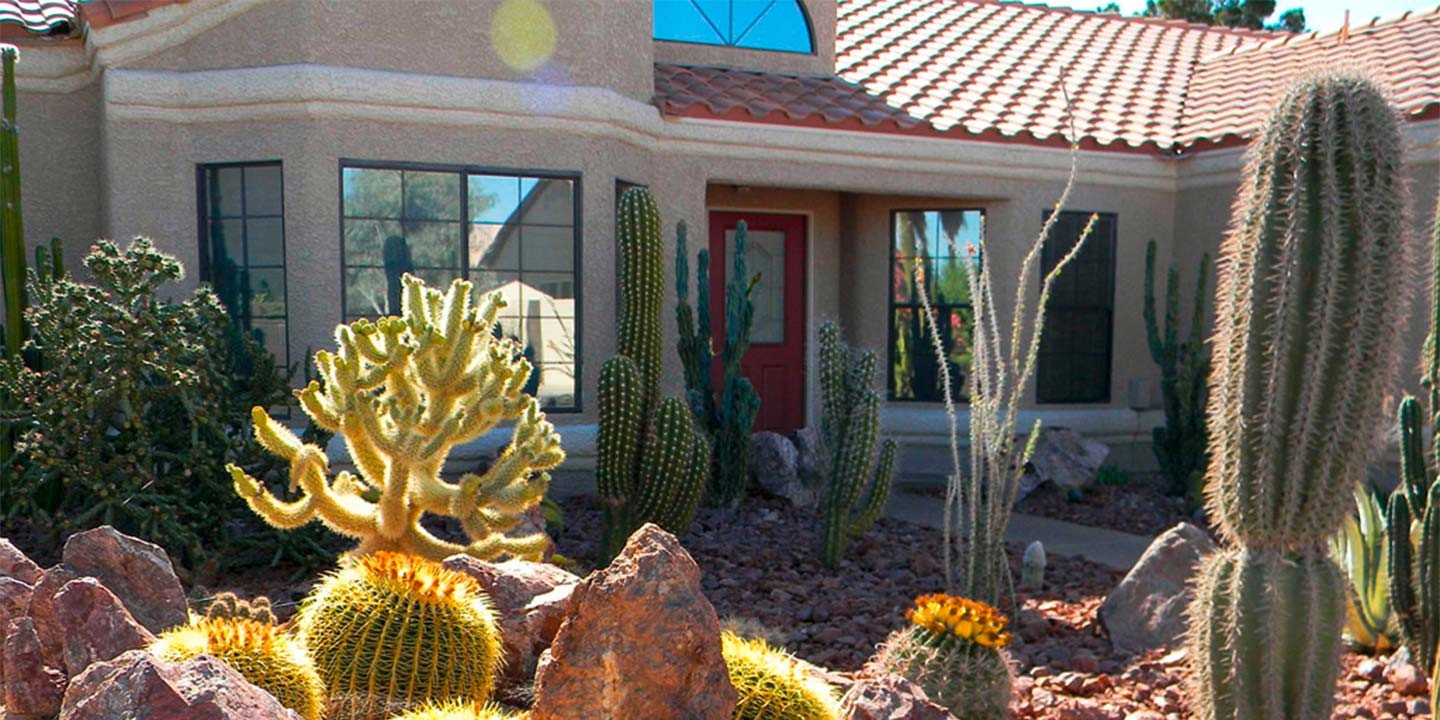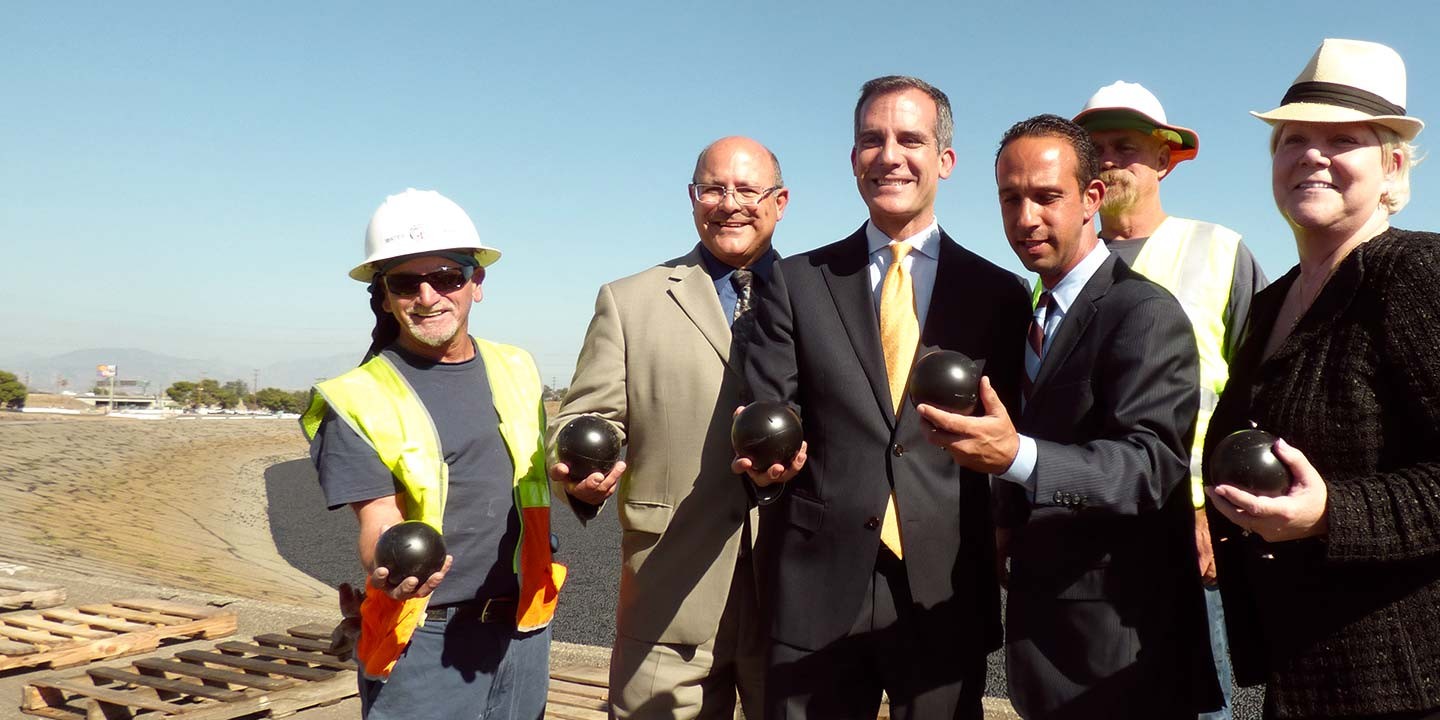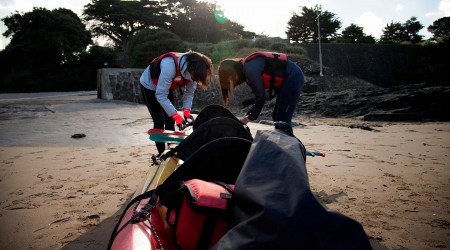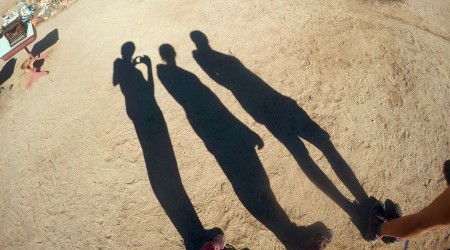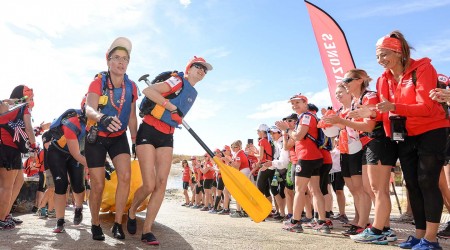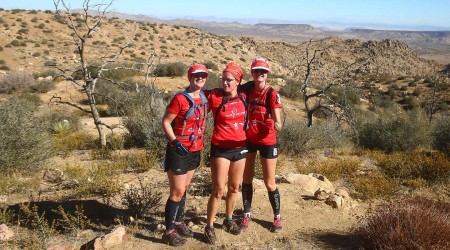The expert
Jay Famiglietti lives for his science; he has been researching climate change for more than 25 years, looking at the effects it has on the hydrological cycle and groundwater reserves. “We take water for granted, yet we can’t live without it.” The respected researcher is the senior water scientist at NASA’s Jet Propulsion Laboratory (JPL). The laboratory builds satellites for the US Space Administration; Famiglietti and his team evaluate the data. He lectures at the UCI University of California, Irvine, and hopes to pique his students’ interest in hydrology, the science of water on the earth’s surface.
The project
Famiglietti and his team track water resources on the earth’s surface and watch how they change. They are currently analysing data from the Gravity Recovery and Climate Experiment (GRACE), a mission involving both NASA and the German Aerospace Center. “GRACE is like a scale in the atmosphere that we can use to measure the rise and fall in water resources all around the world,” explains Famiglietti. His research team wants to use GRACE to measure the thickness of snow coverage and to find out how quickly glaciers and the poles are melting.
The goals
Many people still reject the idea of climate change, especially in the US. Famiglietti wants to open their eyes and make them see the consequences of global warming. “My aim is to understand how climate change and population growth impact on the drinking water we have at our disposal,” explains Famiglietti. “Like many other large cultivation regions around the world, California suffers from a chronic shortage of water: for a long time now, there has been an imbalance between the availability of and demand for water.” He hopes to use the results of his NASA research to persuade politicians and decision-makers to do more to protect water resources.
The results
Initial findings: since 2011, California’s river basins have been losing 15 cubic kilometres of water every year – more than what the local residents consume annually. Two thirds of this loss are a result of the declining groundwater level. Snow coverage in the Sierra Nevada is the thinnest it has been in 500 years. The groundwater level is at an all-time low and is dropping further – by up to five centimetres a month. “Our work portrays an unsettling image of a future in which the fight for drinking water will become increasingly difficult,” summarises Famiglietti in view of his initial findings.
Click here to find out more.
